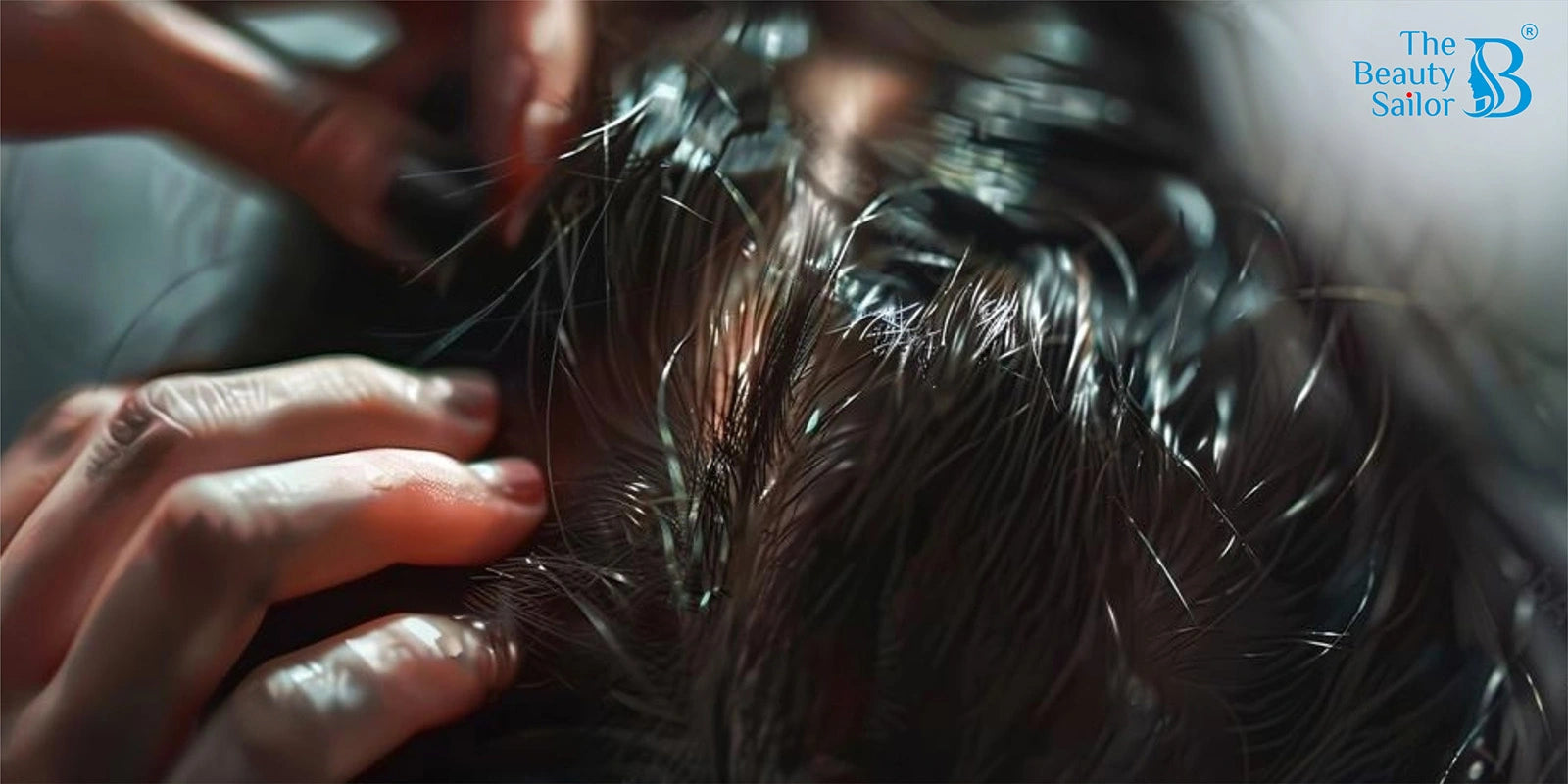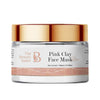Why Low Porosity Hair Needs Extra Care in Seasonal Changes

As the seasons shift from the warm, humid days of summer to the crisp, dry cold of winter, the demands on your hair care routine significantly change. This transition is especially impactful for those with low porosity hair, which is characterized by its tightly bound cuticles that resist moisture absorption. Such hair types struggle to take in moisture but are quick to lose it, making them particularly vulnerable to seasonal variations in humidity and temperature. This blog delves into the reasons why low porosity hair needs special consideration during these shifts and outlines effective strategies to care for it using appropriate products and targeted routines.
Understanding Low Porosity Hair
Low porosity hair is distinguished by its tightly bound cuticles that lie flat against the hair shaft, creating a barrier that makes it extremely challenging for moisture to penetrate. This unique structural characteristic not only makes the hair resistant to moisture but also means it is particularly prone to buildup, as hair care products remain on the surface instead of getting absorbed into the hair. Consequently, it is crucial to adapt your hair care approach with the changing seasons, modifying your routine to prevent buildup and ensure your locks remain healthy, hydrated, and well-nourished throughout the year.
The Impact of Seasonal Changes on Low Porosity Hair
Seasonal Changes on Hair Health can be drastic. In summer, low porosity hair might appear greasy quicker due to products mixing with sweat and not washing out completely. In contrast, winter may leave your strands dry and brittle due to lack of moisture in the air. Each season comes with challenges that demand specific care strategies:
- Summer Care: It's essential to use lightweight products that won't weigh down your hair. Opting for products designed to cleanse effectively while being gentle can help maintain a healthy scalp and hair without leaving any heavy residues.
- Winter Care: During the winter, your hair requires heavier moisturization to combat the dry, harsh conditions. Utilizing oils and deep conditioners can provide the much-needed nourishment and hydration to keep your hair soft, manageable, and protected against the crisp cold air.
Essential Products for Low Porosity Hair Care
Choosing the right products is pivotal for managing Low Porosity Hair Care. Here are some recommendations from The Beauty Sailor:
Oils for Low Porosity Hair:
Light oils such as argan or Rosemary are ideal for low porosity hair as found in The Beauty Sailor 10 in 1 Hair Oil. These types of oils are beneficial because they moisturize effectively without clogging the cuticles, providing essential hydration that is easier for your hair to absorb.
Shampoo for Low Porosity Hair:
Selecting a clarifying shampoo that can cleanse without stripping away natural oils is crucial. The Beauty Sailor Dandruff Control Shampoo is designed to ensure your scalp remains healthy, clean, and free from build-up, making it a perfect choice for low porosity hair types.
Hair Mask for Low Porosity Hair:
Using a deep conditioning mask like The Beauty Sailor Keratin Hair Mask into your weekly hair care routine can significantly benefit low porosity hair. This mask helps manage tangles, restores moisture balance, and infuses your hair with necessary nutrients to maintain health and vitality.
Seasonal Routines for Maintaining Healthy Low Porosity Hair

To effectively manage low porosity hair, adapting your routine with the seasons is necessary:
- Spring and Fall: These transitional seasons are the perfect times to adjust your hair care routine. Incorporate more frequent conditioning sessions to prepare for the extreme temperatures of summer and winter, ensuring your hair remains hydrated and resilient.
- Regular Trims: Regardless of the season, trimming your hair regularly can prevent split ends, which are more prevalent in low porosity hair due to its natural brittleness. Keeping your ends fresh helps maintain overall hair health and appearance.
- Techniques: Techniques like the "baggy method" or "greenhouse effect" can significantly enhance moisture absorption during treatments, which is crucial for low porosity hair. These methods create a warm, humid environment that helps open up the hair cuticles for better moisture intake.
- Protective Styling: During any season, protective styles like braids, twists, or buns can help manage low porosity hair by reducing daily manipulation and exposure to environmental stressors. These styles secure the hair neatly, aiding in prolonged moisture retention.
Conclusion
Caring for Low Porosity Hair throughout the year involves understanding its unique needs and adjusting your hair care routine accordingly. By using the right products and adapting to seasonal needs, you can maintain lush, healthy hair regardless of the weather. This type of hair requires careful selection of products that don't overwhelm the cuticles but provide enough moisture and care to keep the hair healthy. Remember, each season might require a shift in products and application techniques, so stay observant of how your hair reacts to changes and adjust your routine as needed to ensure optimal health and vitality of your hair.














